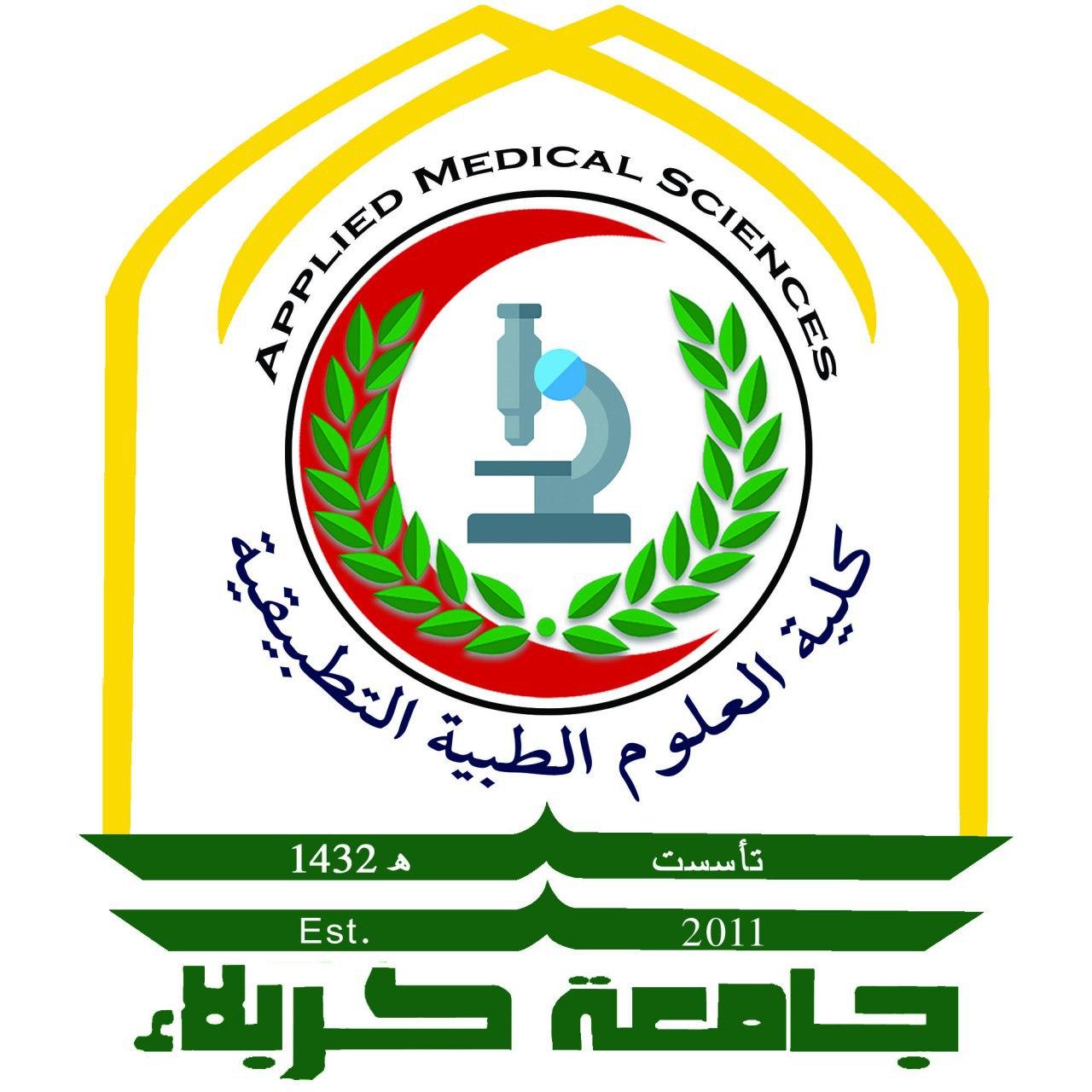Blog
Pathophysiology of Sickle Cell Anemia : Review Article
Abstract
About 5–7% of the world population have an unhealthy hemoglobin (Hb) gene . The most common form of
hemoglobinopathy globally is sickle cell disease. Sickle cell disorder (SCD) is the major predominant innate
clutter of Hb amalgamation stamped through a change within the β globin gene, which result within the
substitution of glutamate corrosive with valine at the 6th codon and union of Hb S a which is a hemoglobin,
beneath hypoxic states, coming about within the abnormality of RBCs (Red Blood Corpuscles). The lysis of
erythrocytes result in raise in extracellular hemoglobin, hence hoisting liking and official to open nitric oxide
or antecedents of nitric oxide in this manner diminishing its levels and assist partaking to vasoconstriction .
Sickle ruddy blood cells since of their hardness to stream by means of the micro-circulation, results in visit
vaso-occlusive scenes, destitute micro-vascular blood stream, ischemic damage, and myocardial localized
necrosis . The clinical highlights of sickle cell anemia are constant hemolytic weakness, an elevated
vulnerability to diseases, repetitive difficult Vaso-Occlusive Emergency (VOC) and a brought down life
hope .
Keywords : sickle cell anemia, pathophysiology, hemolysis
Post Views: 304




























































